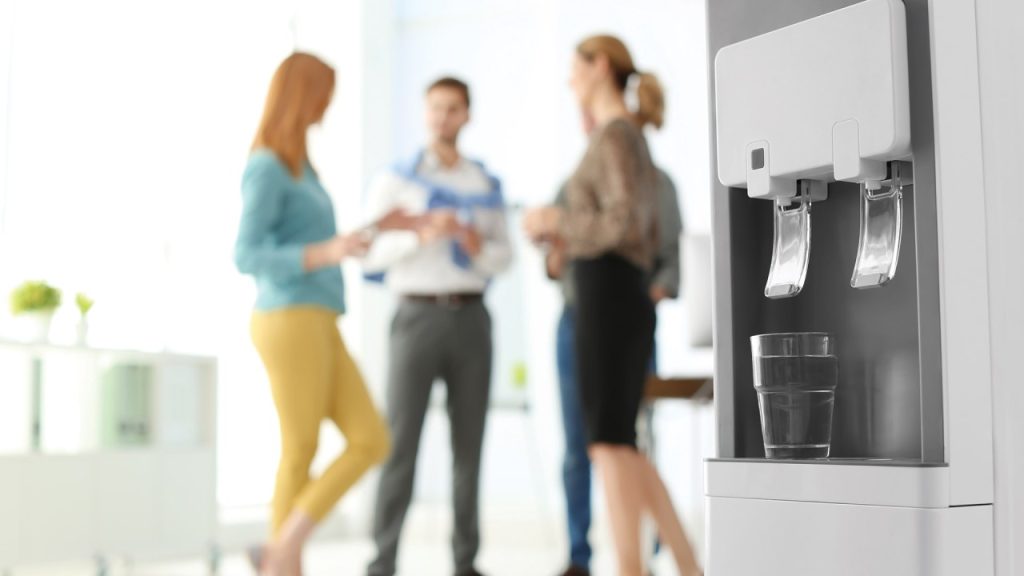Water, the elixir of life, is a finite resource essential for the survival of every organism on Earth. As the global population burgeons and environmental stressors escalate, ensuring access to clean and safe drinking water becomes a paramount challenge. The journey from source to sip involves a complex web of water purification methods, each meticulously designed to eliminate contaminants and impurities. The process begins at the source—rivers, lakes, or underground aquifers—where water is extracted and subjected to initial treatment. One of the oldest and simplest methods of water purification is sedimentation. In this process, water is allowed to stand undisturbed, allowing larger particles to settle at the bottom. However, sedimentation alone is insufficient to rid water of microscopic impurities and harmful pathogens. Thus, the stage is set for more advanced techniques, such as coagulation and flocculation. Chemical agents are introduced to the water, causing small particles to clump together, forming larger, easier-to-remove masses.

Filtration stands as a stalwart guardian against contaminants, utilizing various materials like sand, gravel, or activated carbon to trap particles and microorganisms. Membrane filtration, a more sophisticated approach, involves porous membranes that selectively allow water molecules to pass while blocking impurities. Reverse osmosis, a subset of membrane filtration, exerts pressure to force water through a semi-permeable membrane, leaving behind a concentrated solution of contaminants. This method has proven instrumental in purifying seawater, providing a lifeline in arid regions where freshwater is scarce. The battle against microbial threats requires the deployment of disinfection techniques. Chlorination, a widely adopted method, involves the introduction of chlorine compounds to water, effectively neutralizing bacteria and viruses. However, concerns about disinfection by-products and the taste of chlorinated water have spurred the exploration of alternative methods such as ultraviolet UV irradiation and ozonation Visit Website. UV light disrupts the DNA of microorganisms, rendering them incapable of reproduction, while ozonation introduces ozone to react with contaminants, leaving behind oxygen and harmless by-products.
As water navigates through these purification stages, the quest for absolute purity often extends to the realm of advanced oxidation processes AOPs. These cutting-edge techniques leverage powerful oxidants like hydroxyl radicals to break down persistent organic pollutants, pharmaceutical residues, and emerging contaminants that resist conventional treatment methods. AOPs represent the frontier of water purification , tackling challenges that evolve with industrialization and societal advancements. In conclusion, the journey from the water source to the moment it reaches our lips involves a meticulous orchestration of purification methods, each playing a crucial role in safeguarding our health. From ancient sedimentation to the futuristic realms of advanced oxidation processes, the evolution of water purification reflects our unwavering commitment to conquering the ever-changing landscape of waterborne challenges. As we look to the future, innovations in technology and a collective dedication to sustainable practices will continue to shape the narrative of water purification, ensuring that the elixir of life remains pure and accessible for generations to come.